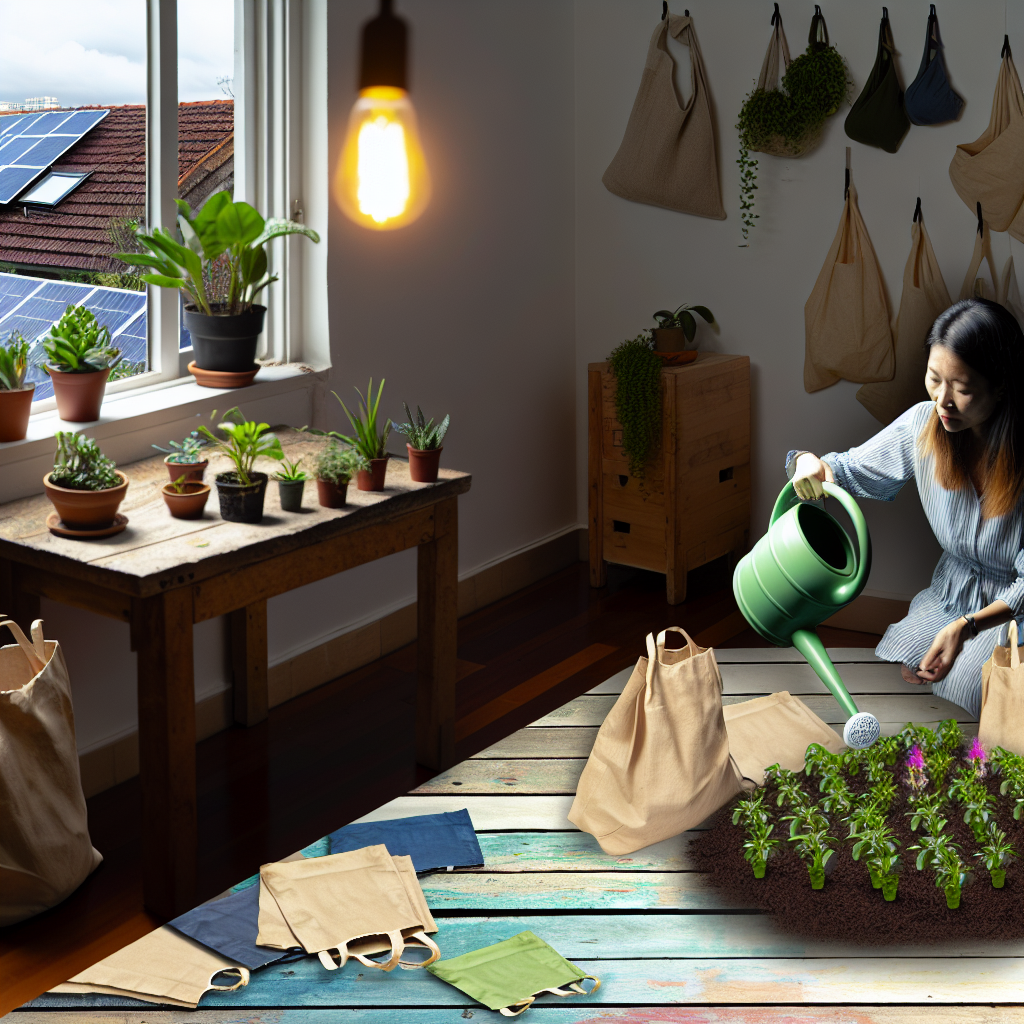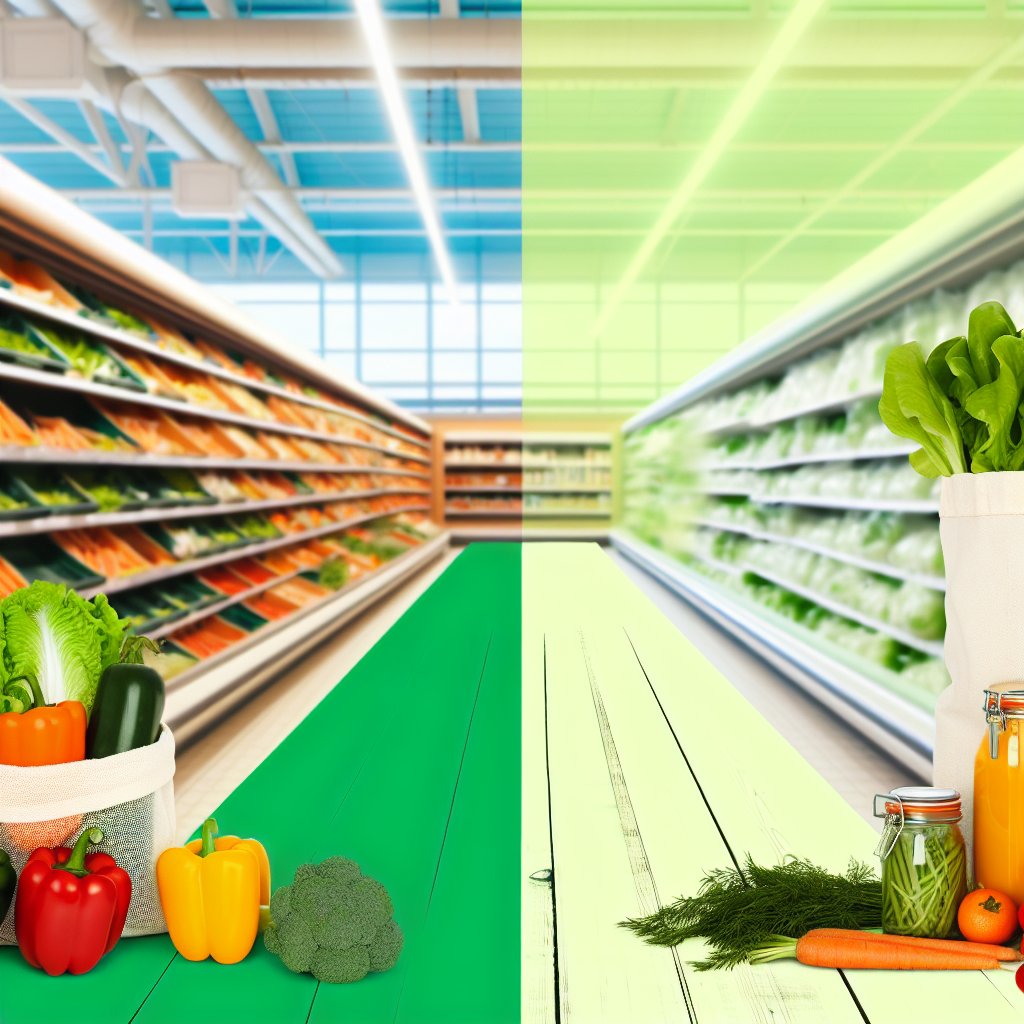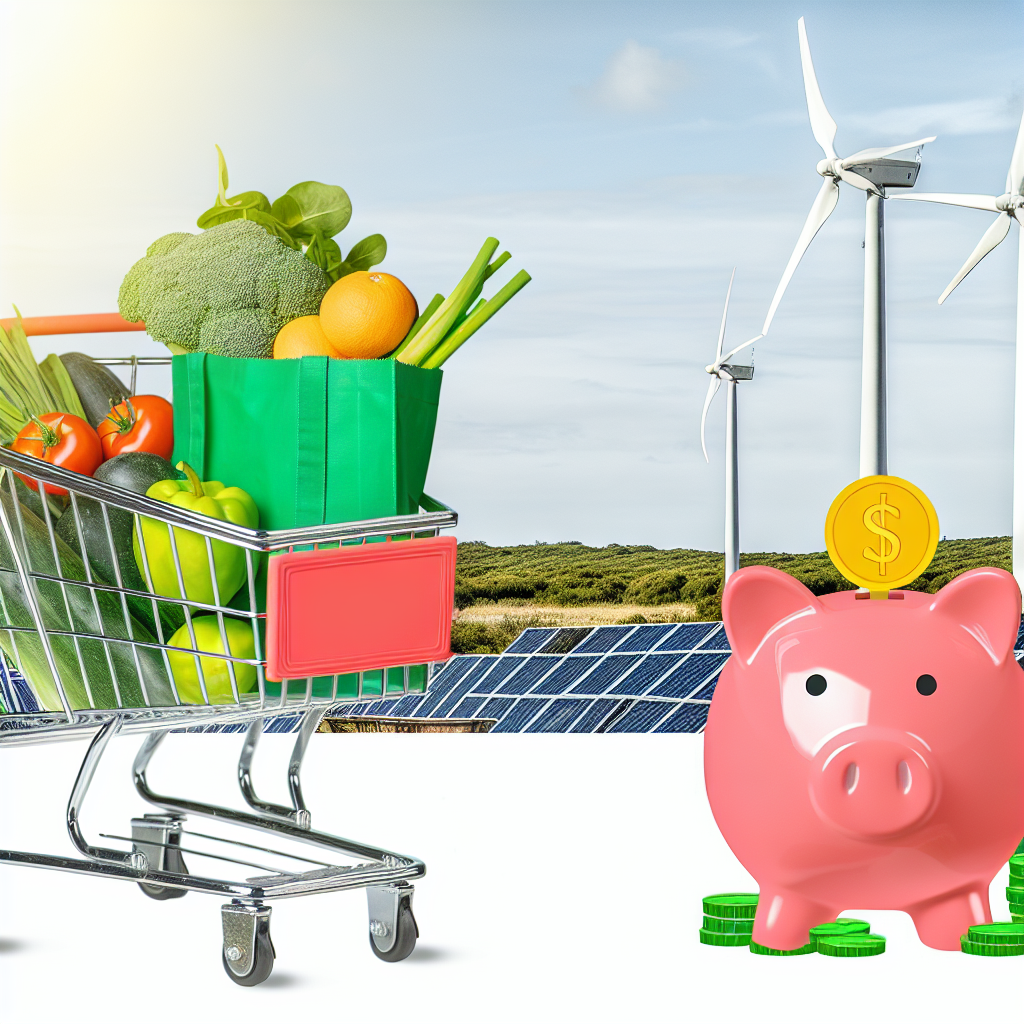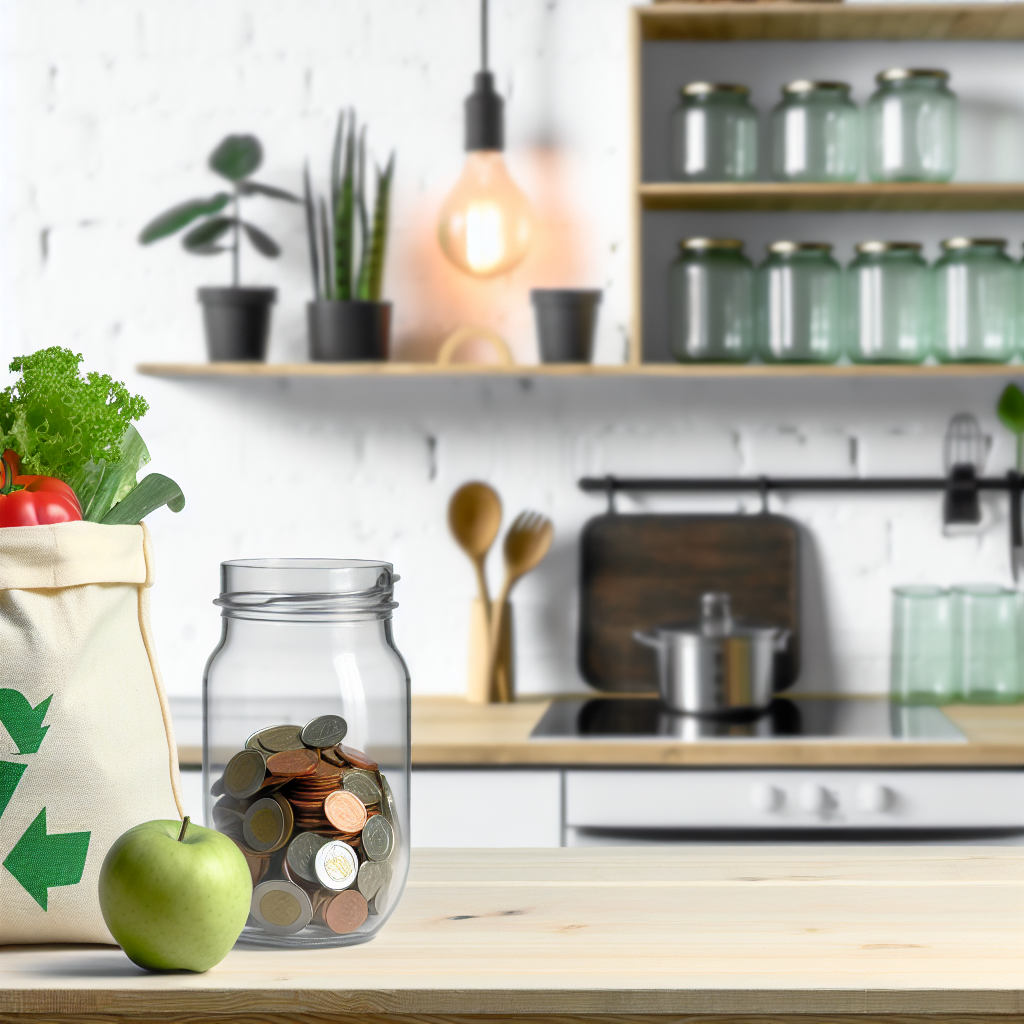10 Surprising Ways to Cut Your Grocery Bill and Reduce Food Waste
Introduction
Hey there, smart savers and planet protectors! Here at Frugal Zeitgeist, we’re all about finding ways to live well without spending too much money or making a big mess for the planet. Did you know that the average household throws away nearly $1,600 worth of food each year? Wow, that’s a lot! Not only does this hurt your wallet, but it’s also bad for the Earth. That’s why we’re sharing 10 surprising ways to lower your grocery bills while reducing food waste. So, grab a cup of coffee (or your favorite drink) and let’s dive into these fun, money-saving tips!
1. Meal Planning with a Twist
Let’s change how we think about meal planning!
-
The Reverse Meal Plan: Instead of planning meals and then buying ingredients, try making meals with what you already have in your pantry or fridge. It’s like a cooking challenge where you always win!
-
Batch Cooking and Freezing: Cook big batches of your favorite dishes and freeze the extras. This saves time and helps avoid last-minute takeout orders.
-
Flexible Recipe Ideas: Choose recipes that can be adjusted based on what ingredients you have. Try making vegetable frittatas, pasta with different toppings, or burritos that use leftovers and seasonal foods.
2. Smart Shopping Techniques
Shop smarter, not harder, for the best deals.
-
Shop with a List Tailored to Sales: Check out weekly sales and make your list based on them. Use coupons for even more savings!
-
Embrace Generic Brands: Try store brands for staples like rice, pasta, or beans. You might be surprised at how similar they taste and how much you save.
-
Avoid Shopping on an Empty Stomach: Don’t shop when you’re hungry because you’ll be tempted to buy expensive snacks. Eat before shopping to avoid impulse buys.
3. Creative Use of Leftovers
Leftovers can become amazing meals!
-
Use Leftover Night: Choose a night to get creative with leftovers. Turn last night’s roasted veggies into a salad or make a bowl with stew and rice.
-
Soup and Stir-Fry Base Secrets: Leftover veggies can become a great soup or stir-fry. Mix leftover carrots and celery, and ta-da! A yummy dish.
-
Blend and Freeze: Turn extra fruits and veggies into smoothies or healthy popsicles. They’re great for quick breakfasts or snacks.
4. Rethink Food Storage and Preservation
Learn smart storage tips to keep food fresh longer.
-
Glass vs. Plastic Storage: Use glass containers instead of plastic for fresher food and a better-smelling fridge.
-
Tech-Savvy Storage Solutions: Use apps or smart gadgets to track expiration dates and get reminders to use food before it spoils.
-
Preserving Techniques: Learn about canning, dehydrating, or pickling to extend food life and add flavor.
5. Grow Your Own Ingredients
No farm? No problem! You can still grow some of your own food.
-
Herbs on the Windowsill: Grow basil, mint, and thyme in small pots for fresh herbs anytime.
-
Regrow From Scraps: Some veggies like green onions, romaine lettuce, and celery can regrow on your counter. Enjoy using and regrowing them over and over!
-
Seasonal Pot Gardening: Use pots to grow seasonal veggies at home, even in small spaces.
6. Understand Expiration Dates
Don’t be confused by dates; use them wisely.
-
‘Best By’ vs. ‘Use By’ vs. ‘Sell By’ Explained: These labels mostly show quality, not safety. Knowing this helps reduce waste.
-
How to Conduct a ‘Sniff Test’: If you’re not sure, smell the food. If it smells good, it’s probably okay.
-
DIY Food Quality Tests: Try a small taste if you’re feeling brave. If it tastes good, you’re set!
7. Take Advantage of Technology
Using technology can help you save more and waste less.
-
Apps for Meal Planning: Try apps like Mealime or Plan to Eat to make meals using what you already have.
-
Digital Inventory Management: Keep track of ingredients digitally and make lists when needed. Keep your pantry joyful and organized!
-
Online Community Sharing: If you have too much produce, use platforms to share or swap with neighbors and save it from going to waste.
8. Instituting a Zero-Waste Kitchen
Learn ways to live with less waste!
-
Compost System Setup: Use food scraps like banana peels for compost, which makes great soil for your garden.
-
Upcycling Food Waste: Get crafty with waste, like making decorations with orange peels. Check Pinterest for creative ideas.
-
Reusing Packaging: Turn grocery packaging into storage solutions, like using glass jars for dry goods. You’ll organize and become an eco-friendly hero!
And there you have it! With a few changes and some excitement, you’ll see your grocery bills drop and your food waste decrease. Let these tips from Frugal Zeitgeist become part of your life, and join the relaxed, resourceful, and eco-friendly community. Saving money and helping the planet have never been this fun. Go forth and save!









